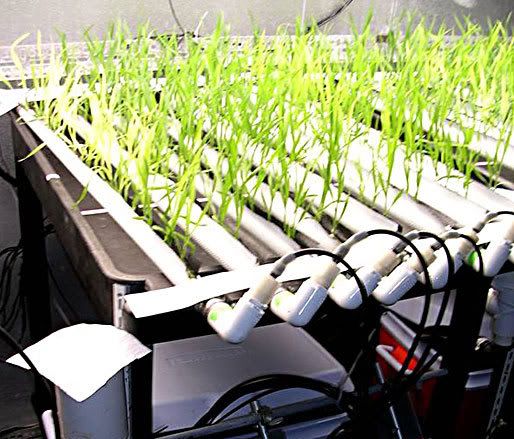A good nutrient solution should contain a full profile of trace elements, usually known as micro-nutrients in hydroponics. The essential micro-nutrients are iron, manganese, copper, zinc, boron and molybdenum. Some solutions may contain other less common elements such as nickel but those are the key ones and no true nutrient solution would be without them.
The best solutions will supply most of their trace elements in the form of chelates which is the usual choice of professional growers. A chelate (pronounced keylate) is a form of the element in which the molecule is locked up in a kind of organic jacket which ensures its stability within the solution. Once the molecule has been taken up by the plant, it immediately becomes available to the biological process. This is particularly important in hydroponics because the pH of the nutrient solution can fluctuate quite a lot and ordinary trace elements will easily precipitate and become unavailable if the pH is not to their liking, even if it is only for a short time.
This is particularly important with the key trace element iron which is highly unstable in its non-chelated form. Chelates are many times more expensive than the simpler forms of the element. This is a very good indicator of the quality of any nutrient solution if it contains fully chelated micro-nutrients. Boron and molybdenum are not usually chelated as they are very stable in other forms.
Trace Elements
5:55 AM
ThanateTan







